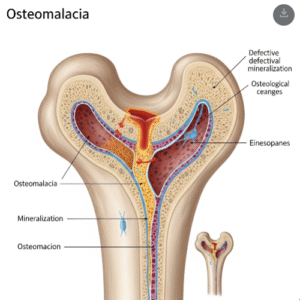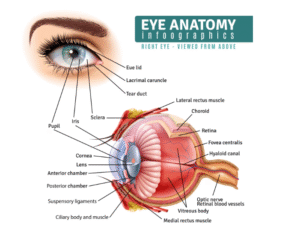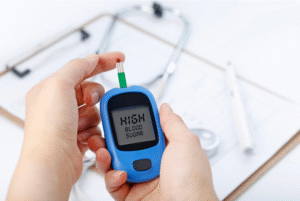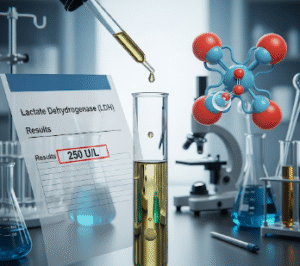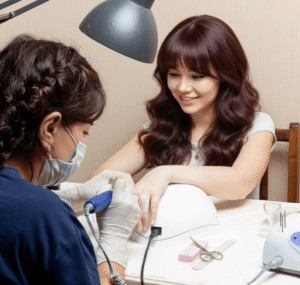Overview
Food allergies in children are a growing concern worldwide, including in Korea. A food allergy is an abnormal immune system response to proteins in specific foods, leading to a range of symptoms that may affect the skin, digestive system, or respiratory system. In Korea, the prevalence of food allergies in children has been rising, partly due to changes in diet, early-life exposures, and genetic susceptibility. Korean pediatric hospitals provide advanced diagnostic tools, dietary management programs, and emergency treatment strategies to protect children from severe allergic reactions.
What are Food Allergies in Children?
A food allergy in children occurs when the immune system mistakenly identifies certain food proteins as harmful and releases chemicals like histamine to fight them. Unlike food intolerances (such as lactose intolerance), food allergies can cause life-threatening reactions such as anaphylaxis. Children are more likely to develop allergies compared to adults, and while some outgrow them, others continue to have allergies into adulthood.
Symptoms
Children may display one or more of the following symptoms after eating allergenic foods:
- Skin symptoms: hives, eczema flare-ups, redness, or swelling
- Gastrointestinal symptoms: nausea, abdominal cramps, vomiting, diarrhea
- Respiratory symptoms: wheezing, coughing, shortness of breath, nasal congestion
- Oral symptoms: itching or swelling in the lips, tongue, or throat
- Severe reaction (Anaphylaxis): difficulty breathing, drop in blood pressure, dizziness, loss of consciousness – requiring immediate emergency care
Causes
- Immune hypersensitivity to common food proteins
- Genetic predisposition to allergies or asthma
- Early introduction or delayed exposure to allergenic foods in infancy
- Cross-reactivity between food allergens and environmental allergens (e.g., pollen)
Common Food Allergens in Korean Children
- Cow’s milk
- Eggs
- Peanuts and tree nuts
- Soy
- Wheat
- Fish and shellfish (very common in Korea due to dietary patterns)
Risk Factors
- Family history of allergies, asthma, or eczema
- Children with atopic dermatitis are at higher risk
- Early childhood (most allergies develop before age 5)
- Exposure to highly allergenic foods without medical guidance
Complications
- Severe allergic reactions (anaphylaxis) requiring emergency treatment
- Nutritional deficiencies if food groups are eliminated without proper substitutes
- Emotional and social stress, as children may feel restricted compared to peers
- Recurrent hospital visits due to accidental exposure
Prevention
- Breastfeeding during the first 6 months (if possible) to strengthen immunity
- Introduction of allergenic foods at the right time, guided by pediatricians
- Avoiding unnecessary dietary restrictions unless confirmed allergy exists
- Teaching children, caregivers, and teachers about identifying allergic reactions
- Carrying epinephrine auto-injectors for children with a history of severe reactions
Treatment Options in Korea
Diagnosis:
- Skin prick tests for allergen sensitivity
- Blood tests (IgE antibody testing)
- Elimination diets followed by supervised food reintroduction
- Oral food challenges in specialized hospitals
Medical Treatments:
- Strict avoidance of confirmed allergenic foods
- Antihistamines for mild to moderate reactions
- Epinephrine auto-injectors for anaphylaxis
- Corticosteroids for severe inflammatory responses
Rehabilitation & Support:
- Nutrition counseling to ensure balanced diets without allergens
- Education programs for parents, schools, and daycare providers
- Emergency action plans developed by pediatric allergy specialists
- Regular check-ups to monitor whether the child has outgrown certain allergies


